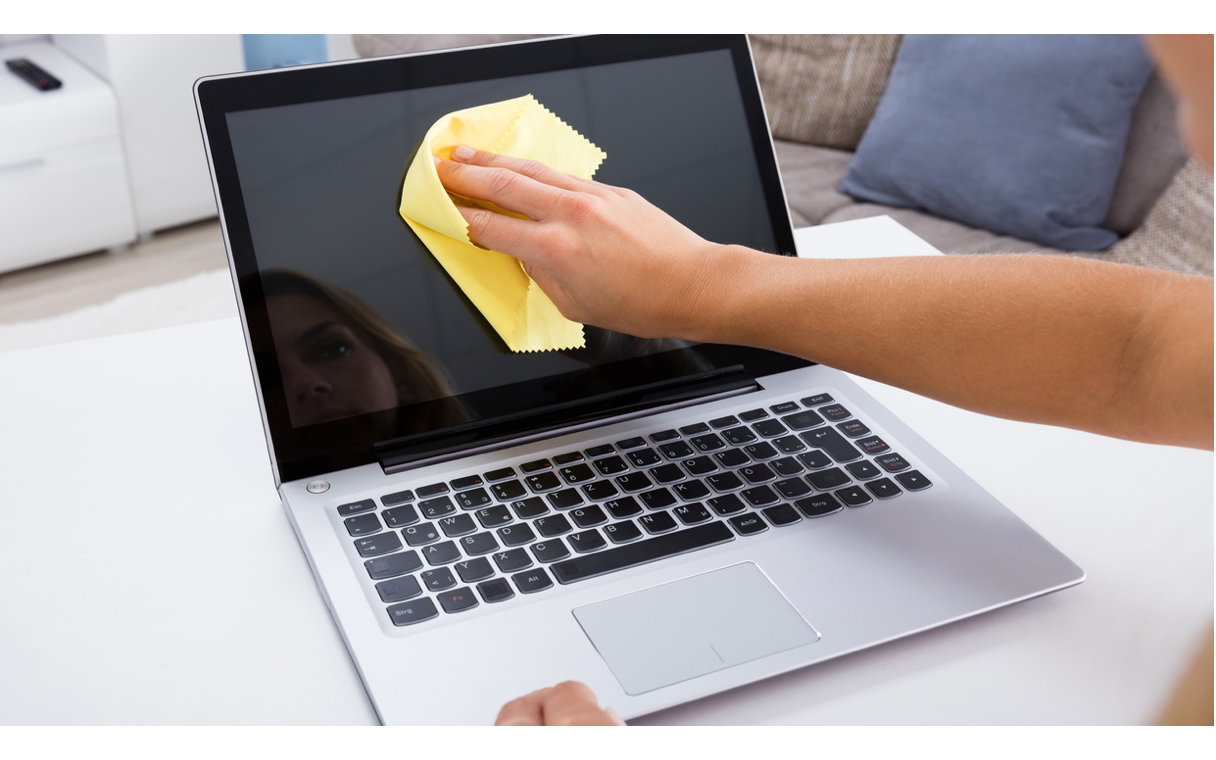
/GettyImages-626970026-5bfeae24c9e77c0026a12155.jpg)
These will ensure that you do not lose any important data when you switch to another macOS or Windows system.

There are certain recommended actions that you need to take before factory resetting your MacBook.

1.Factory Reset MacBook Pro/MacBook Air PART 1: What You Need To Do Before Factory Resetting Your MacBook Pro/MacBook Air? If your Mac is a 2018 model or later but is still running macOS Big Sur or earlier, you can simply upgrade to Monterey and use the instructions above, or proceed with your current OS and the instructions below.

Factory resetting these machines will take you into slightly techier territory, but it's still simple if you know what you're doing. These Macs simply lack the hardware required to make the Erase Assistant work. If you have a Mac that's from 2017 or earlier, you're not going to have as streamlined of a factory resetting process - even if your current Mac is running macOS Monterey. How to Factory Reset a MacBook Air or MacBook Pro (with an Intel chip or macOS Big Sur and older) Once you've followed the steps, your Mac will reboot and return to factory settings, with the exception that it will still run the most current macOS instead of the version it originally came out of the box with. Open System PreferencesĮrase Assistant will walk you through the factory resetting process, which will require you to log out of iCloud before it completes. If you have a new Mac running macOS Monterey, then returning it to its factory settings is actually very easy thanks to its support for the Erase Assistant feature. How to Factory Reset a MacBook Air or MacBook Pro (macOS Monterey) If you have a Mac with Apple silicon, that same item will be labeled "Chip," followed by the name of the chip. If you have a Mac with an Intel processor, About This Mac shows an item labeled "Processor," followed by the name of an Intel processor.


 0 kommentar(er)
0 kommentar(er)
